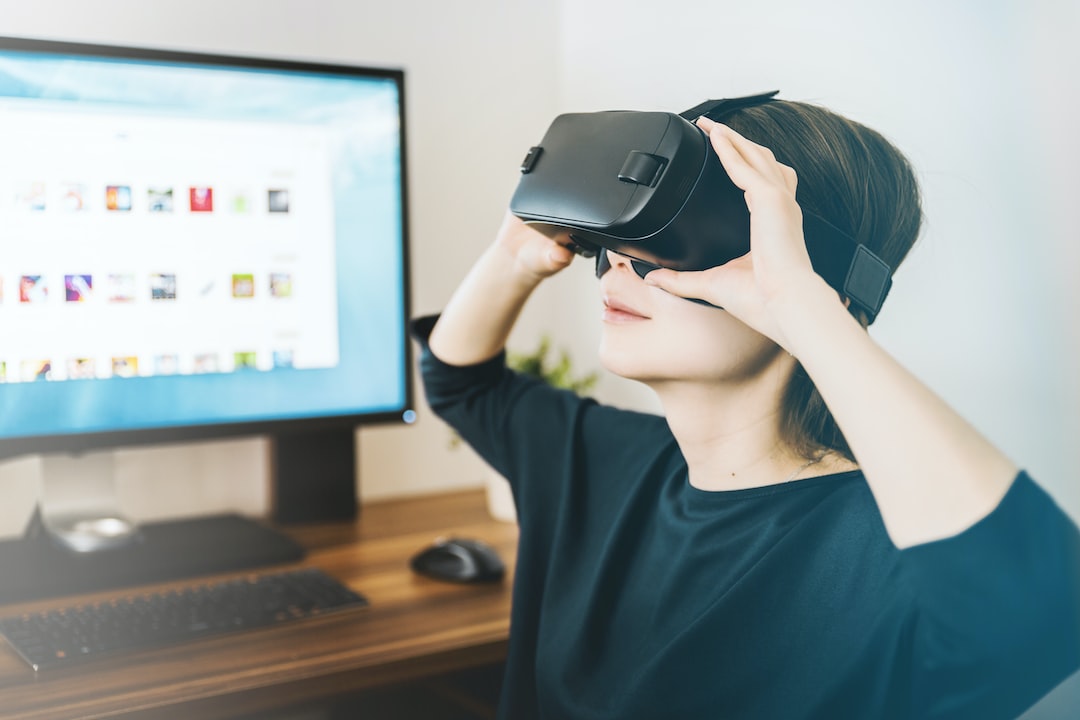The world of retail is constantly evolving, with new challenges, technology, and consumer preferences that can quickly change the game. The future of retail is shaped by a number of forces, including customer behavior, changes in technology, demographics, and more. One of the biggest changes we see in the future of retail is a shift from personalization to experiential shopping.
Personalization has long been a buzzword in retail, with brands like Amazon, Netflix, and Spotify using data to tailor their offerings to each customer’s preferences. However, as more and more retailers leverage personalization technology, it has become increasingly challenging to differentiate through this approach alone. Consumers now expect personalization as a standard, so retailers must look for new ways to stand out.
This is where experiential shopping comes in. Experiential shopping refers to the creation of immersive shopping environments that engage customers on a deeper level than traditional retail spaces. This approach prioritizes the customer experience over simply selling products. Experiential shopping environments are designed to draw consumers in and immerse them in a story or brand narrative, compelling them to spend more time in the store and ideally, make purchases.
One example of experiential shopping is the Glossier store in New York City. The space features minimalistic décor, inviting customers to linger and experiment with products, and to take photos with friends in the store’s well-lit mirrors and colorful, enticing displays. Another example is the Uniqlo store in Tokyo, which has a large central staircase that serves as a gathering place for customers and hosts special events. In both examples, the store environment is designed to create a memorable and enjoyable experience that connects customers with the brand.
As technology continues to evolve, experiential shopping is set to become even more engaging and interactive. “Smart” stores will become more prevalent, with technologies like AR and VR creating more immersive experiences for customers. For example, a furniture store could use AR to allow customers to visualize how furniture would look in their homes, or an outdoor retailer could use VR to offer virtual tours of hiking trails.
Similarly, the use of AI and machine learning will allow retailers to personalize the customer experience in real-time, responding to the customer’s preferences and needs as they navigate the store. For example, a clothing retailer could use AI to suggest outfits based on a customer’s previous purchases and social media activity.
Ultimately, the future of retail is about creating experiences that are unique, interactive, and memorable. Brands that can provide this kind of experience will be better positioned to differentiate and win in an increasingly competitive landscape. As the world of retail continues to evolve, it’s clear that personalization is just the beginning. The future of retail is all about experiential shopping.

